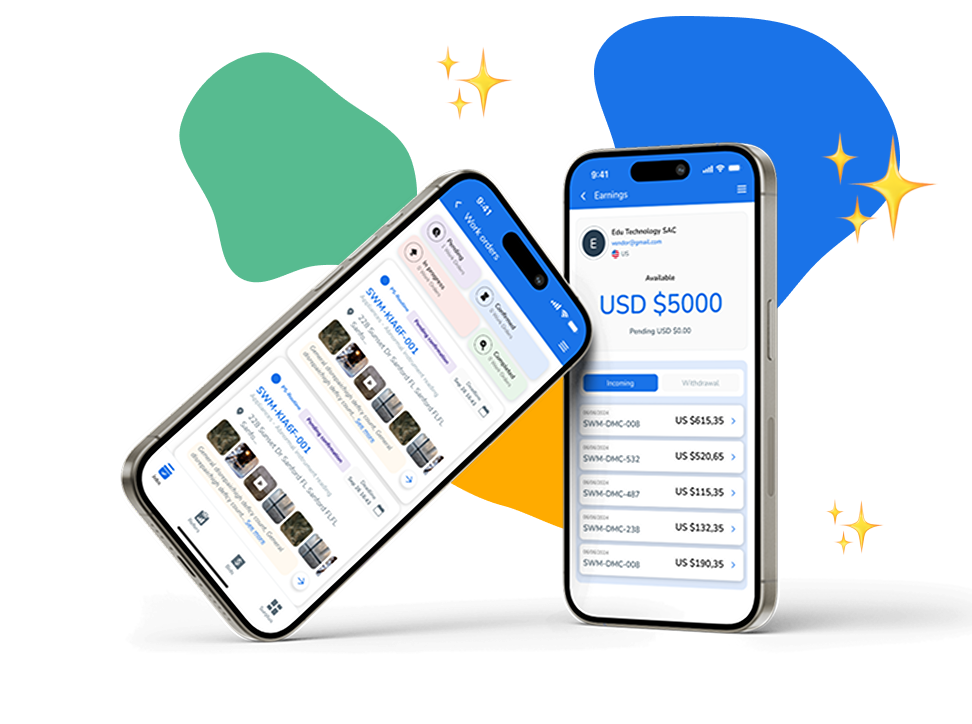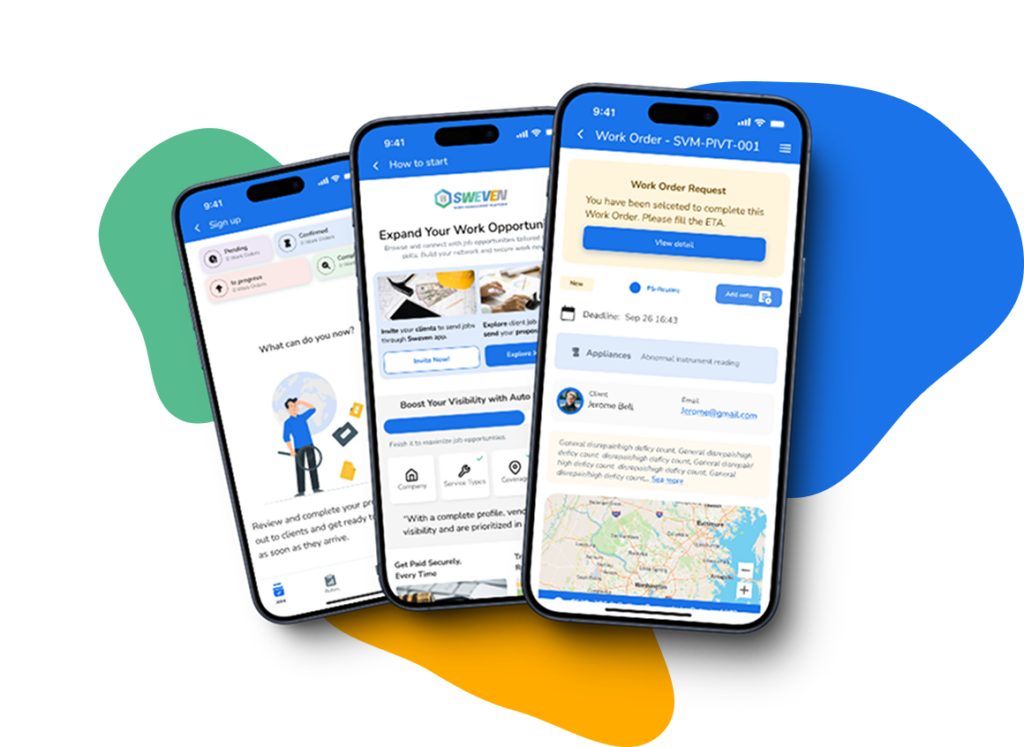Introduction:
In the fast-paced world of project management, efficient planning is the cornerstone of success. However, many organizations find themselves grappling with complex planning processes and coordination efforts, which can lead to inefficiencies and delays. To overcome this challenge, organizations can leverage the power of technology-driven project management software. In this blog post, we’ll explore how embracing project management software can streamline planning, scheduling, and resource allocation, ultimately maximizing efficiency and productivity in project execution.

The Challenge of Complex Project Planning
Project planning involves a myriad of tasks, from defining objectives and timelines to allocating resources and scheduling activities. With the increasing complexity of projects and the need for cross-functional collaboration, organizations often face challenges in coordinating these tasks efficiently. Manual planning processes and reliance on disparate tools can lead to errors, miscommunication, and delays, hindering project success and impacting organizational performance.
The Solution: Embracing Project Management Software
Project management software offers a comprehensive solution for streamlining project planning processes and improving coordination efforts. These tools provide features such as task management, Gantt charts, resource allocation, and collaboration capabilities, empowering teams to plan, execute, and monitor projects with ease. By centralizing project information and automating routine tasks, project management software enables organizations to optimize planning efforts and enhance productivity.
Key Benefits of Technology-Driven Project Planning:
- Streamlined Planning Processes: Project management software simplifies the project planning process by providing intuitive interfaces and templates for defining project objectives, milestones, and timelines. This streamlines planning efforts and ensures alignment among team members.
- Efficient Resource Allocation: With resource management capabilities, project management software enables organizations to allocate resources effectively based on availability, skills, and project requirements. This ensures optimal utilization of resources and minimizes bottlenecks in project execution.
- Dynamic Scheduling: Project management software offers dynamic scheduling features, allowing teams to adjust project timelines and dependencies in real-time. This flexibility enables organizations to adapt to changing requirements and prioritize tasks accordingly.
- Enhanced Collaboration: By providing centralized communication channels and document sharing capabilities, project management software fosters collaboration among team members, stakeholders, and external partners. This improves coordination efforts and ensures everyone is on the same page throughout the project lifecycle.
- Improved Decision-Making: With access to real-time project data and performance metrics, project management software empowers organizations to make informed decisions and course corrections as needed. This enhances project outcomes and minimizes risks associated with uncertainty.
Implementation Strategy:
- Assessment of Current Processes: Evaluate existing project planning processes and identify pain points and inefficiencies that need to be addressed.
- Selection of Suitable Software: Research and choose project management software that offers the features and functionalities aligned with organizational needs, scalability, and budget.
- Customization and Configuration: Customize the software to fit specific project planning workflows and requirements, including task templates, resource calendars, and reporting dashboards.
- Training and Adoption: Provide comprehensive training to project teams on using the project management software effectively, and encourage adoption across the organization.
- Continuous Improvement: Regularly solicit feedback from users, monitor key performance indicators, and identify areas for improvement to optimize project planning processes iteratively.

Conclusion:
In conclusion, leveraging project management software for streamlined project planning offers organizations a powerful tool for maximizing efficiency and productivity. By embracing technology-driven project planning, organizations can simplify planning processes, allocate resources effectively, schedule tasks dynamically, foster collaboration, and make informed decisions. Investing in project management software not only improves project outcomes but also enhances organizational agility, competitiveness, and success in today’s rapidly changing business environment. Ultimately, by harnessing technology for project planning, organizations can optimize their operations and achieve their strategic objectives with greater efficiency and effectiveness.
















